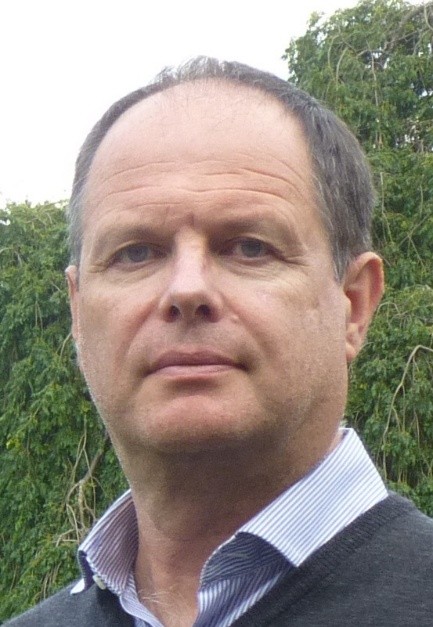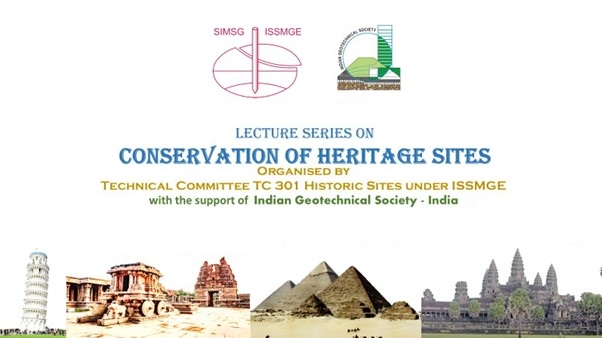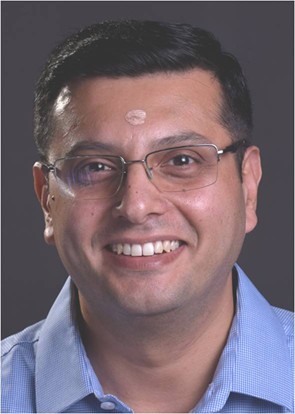
Dr. Guido Gottardi, Professor, University of Bologna, Italy
Dr. Guido Gottardi is a distinguished Professor of Geotechnical Engineering at the University of Bologna, Italy. He holds a high school diploma in classical studies in Venice, followed by an exemplary M.Sc. in Civil Engineering from the University of Padova, and a Ph.D. in Geotechnical Engineering from the Technical University of Torino. Dr. Gottardi's academic pursuits have taken him around the globe, including a period as a Marie Curie Research Fellow at the British Universities of Southampton and Oxford. Dr. Gottardi is a prolific researcher, with over 150 scientific papers to his name, covering a wide range of geotechnical subjects. He has contributed significantly to professional organizations, serving as President of the National Group of Geotechnical Engineering, contributing to international technical committees and the coordinator of the Italian group of academic geotechnical professors and researchers. Additionally, Dr. Gottardi provides technical support to various projects, including environmental and geotechnical monitoring, also of historic structures. His expertise and leadership have earned him recognition as a visiting professor at esteemed foreign universities and as an external reviewer for international geotechnical journals.



![Challenges and Shortcomings in Geotechnical Engineering Practice in the Context of a Developing Country (Terzaghi Oration - 19th ICSMGE) {"category":"honour_lecture","subjects":["Other"],"number":"ICSMGE19101","instructors":["Peter Day"]}](/asset-v1:ISSMGE+ICSMGE19101+2017+type@asset+block@icsmge101.jpg)
![Geotechnical Issues and Preservation of Korean Heritage Sites (Heritage Lecture 19th ICSMGE) {"category":"honour_lecture","subjects":["Other"],"number":"ICSMGE19104","instructors":["Yeon-Soo Jang"]}](/asset-v1:ISSMGE+ICSMGE19104+2017+type@asset+block@heritage-lecture.jpg)
![Korean Private Enterprise Session (Special Lecture - 19th ICSMGE) {"category":"honour_lecture","subjects":["Other"],"number":"ICSMGE19113","instructors":["Sung-Jin Hong", "Won Ho Jung", "Young-Do Park"]}](/asset-v1:ISSMGE+ICSMGE19113+2017+type@asset+block@korean-enterprise-lecture.jpg)
![Geotechnics and Heritage (Kerisel Lecture - 19th ICSMGE) {"category":"honour_lecture","subjects":["Other"],"number":"ICSMGE19115","instructors":["Carlo Viggiani"]}](/asset-v1:ISSMGE+ICSMGE19115+2017+type@asset+block@kerisel-lecture.jpg)
![Geotechnical Engineering for Conservation of Heritage {"category":"webinar","subjects":["Other"],"number":"OT101","instructors":["Yoshinori Iwasaki"]}](/asset-v1:ISSMGE+OT101+2016+type@asset+block@Intro_Slide_Iwasaki.jpg)
![Eurocode-7 Past, Present, and Future {"category":"webinar","subjects":["Other"],"number":"OT102","instructors":["Andrew Bond"]}](/asset-v1:ISSMGE+OT102+2024+type@asset+block@1498211836-eurocode-7-past-present-and-future.png)